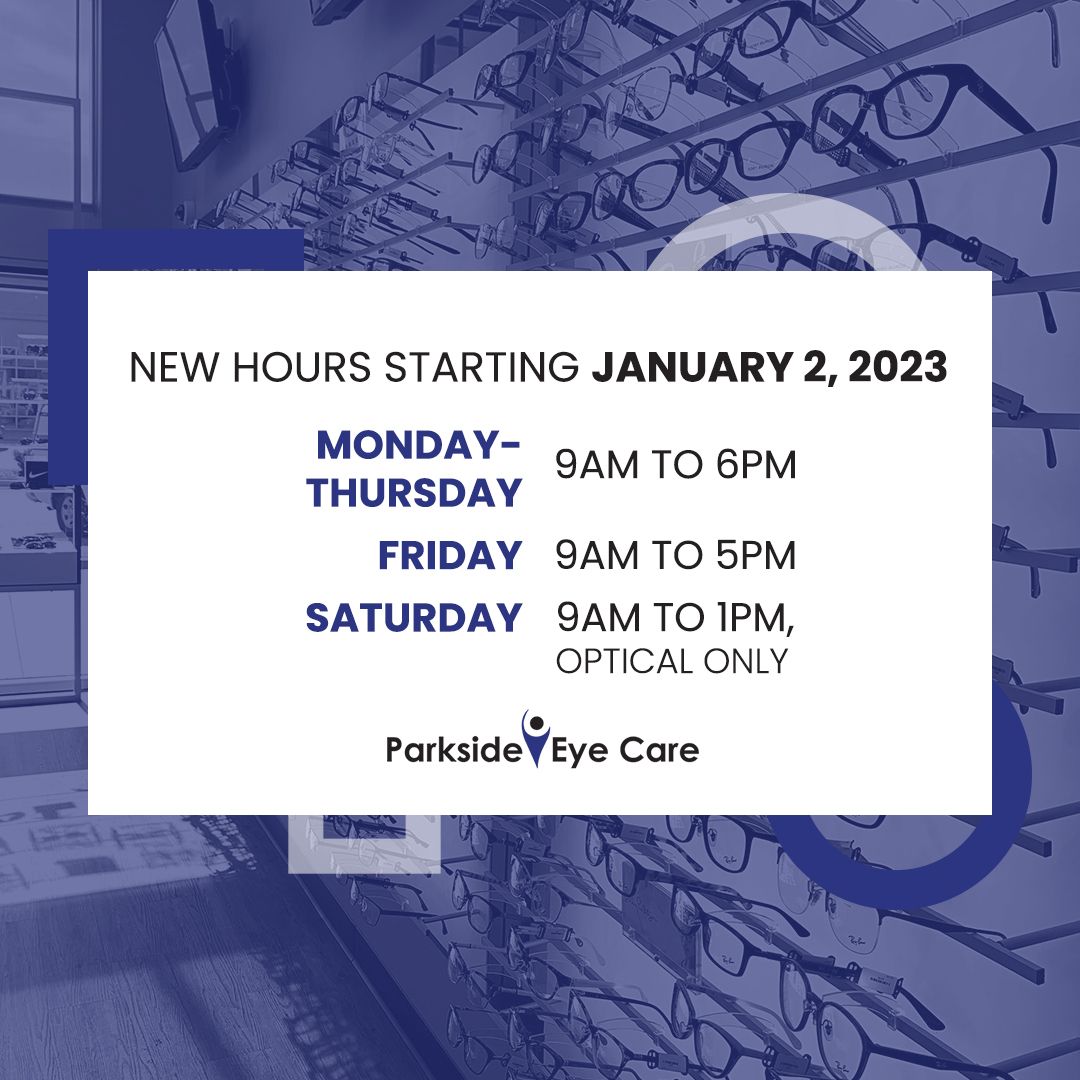
Imagining a life without smartphones and laptops is difficult. These devices help with work, communication, entertainment, and more. Unfortunately, prolonged use of digital devices can cause health issues like dry eye syndrome.
Understanding Dry Eye Syndrome
Dry eye syndrome occurs when the eyes fail to produce enough tears or the tears evaporate too fast. It leads to insufficient lubrication and moisture on the eye's surface. The symptoms include:
Dryness
Redness
Itching
Burning sensation
Blurred vision
Increased Screen Time and Eyestrain
The average person spends several hours each day staring at screens for work or leisure. The prolonged screen time can lead to eyestrain. The symptoms include eye fatigue, headaches, blurred vision, or dry eyes. The continued focus on a digital screen reduces the blink rate. It prevents the eyes from receiving adequate lubrication.
Blue Light and Its Effects on Dry Eye
Digital devices emit high-energy blue light. Blue light can cause long-term damage to the eyes. It penetrates deep into the eye. It increases the production of reactive oxygen species.
It leads to oxidative stress and inflammation, which exacerbates dry eye symptoms. Blue light also suppresses melatonin production, further affecting the quality of rest. Melatonin is the hormone responsible for regulating sleep.
Tips for Reducing Eyestrain
Take frequent breaks - Follow the 20-20-20 rule. It entails taking a 20-second break to look at something 20 feet away. It helps relax the eye muscles and reduce strain.
Blink often - Make a conscious effort to blink while using digital devices. Blinking helps distribute tears and keeps the eyes moist.
Adjust display settings - Decrease screen brightness and glare to reduce eyestrain. Adjust the font size and contrast to make it more comfortable for your eyes.
Maintain proper posture - Sit at an appropriate distance from the screen. Doing so ensures your eyes are level with the screen. It helps reduce strain on the neck and eyes.
Use artificial tears - Lubricating eye drops can provide relief from dry eyes. Consult an eye care professional for recommendations on suitable drops to use.
Protect Your Eyes From Blue Light
Apply screen protectors or use software applications that filter out blue light. These filters reduce the amount of blue light emitted by your device, decreasing their impact on your eyes. Enable the night mode or blue light filter on your devices during evening hours.
Doing so will help reduce blue light exposure and promote better sleep. Specialized eyeglasses with blue light filters can help while using digital devices. These glasses reduce the amount of blue light that reaches your eyes.
Maintain a Healthy Lifestyle
Drink an adequate amount of water to help maintain body hydration. Hydration is crucial for tear production. It prevents dry eye symptoms. Eat a balanced diet with nutrients to support eye health and reduce dry eye symptoms. These include foods like salmon, walnuts, and flaxseeds rich in omega-3 fatty acids.
Practice Proper Eye Care
Schedule routine eye examinations to check your eye health and address underlying issues. Your eye care professional can provide personalized recommendations for managing dry eye symptoms.
Dry indoor environments can contribute to dry eye symptoms. Add moisture to the air using a humidifier to prevent excessive tear evaporation. Rubbing your eyes can exacerbate dryness and irritation. Instead, use a clean, damp cloth or artificial tears to soothe discomfort.
For more tips on reducing eyestrain, visit Parkside Eye Care at our office in Cary, North Carolina. Call (919) 883-9987 to book an appointment today.














